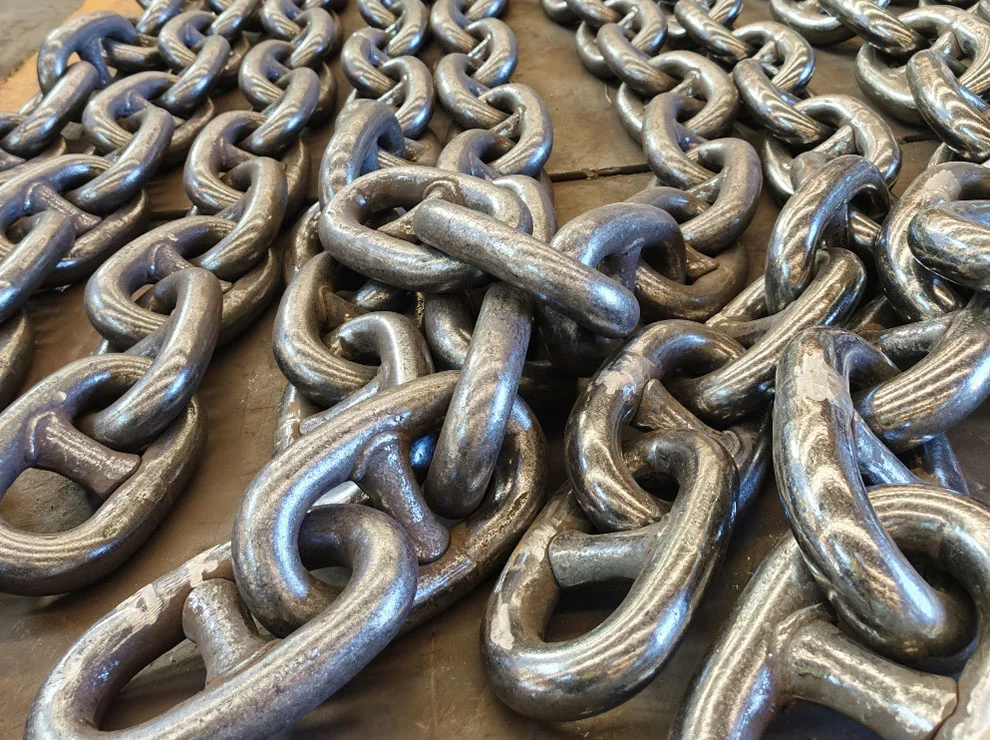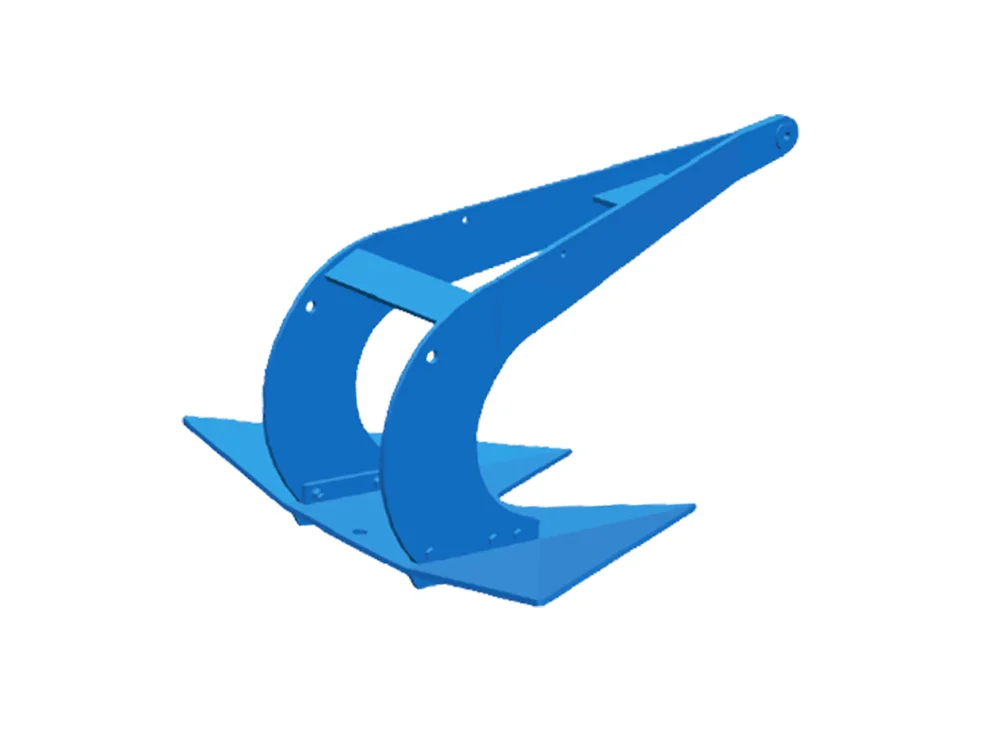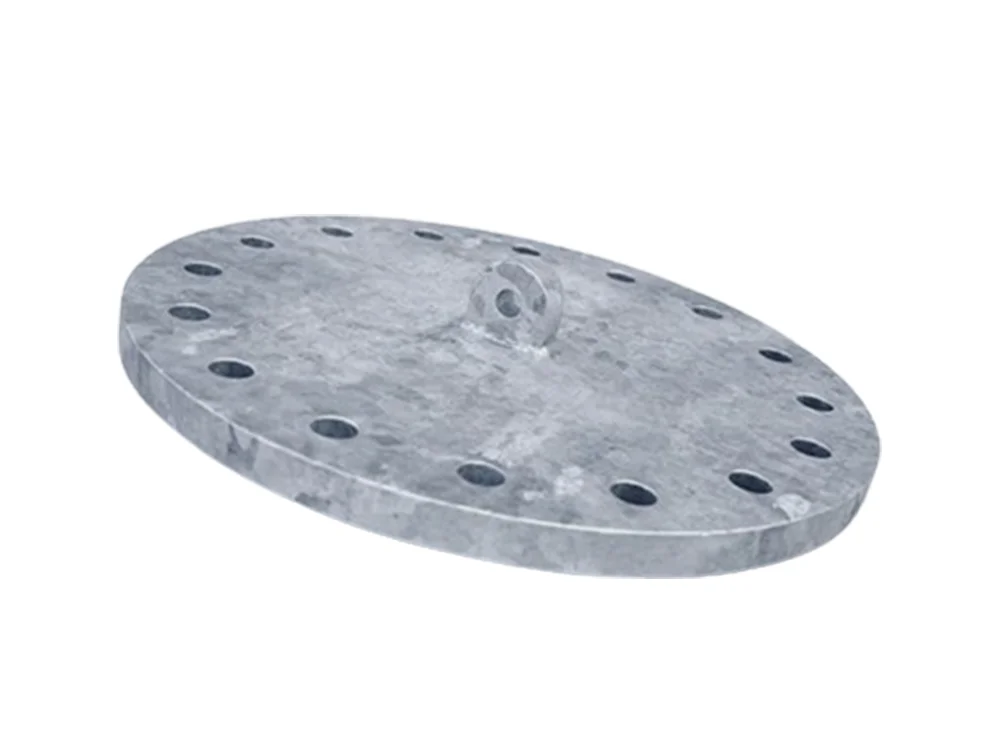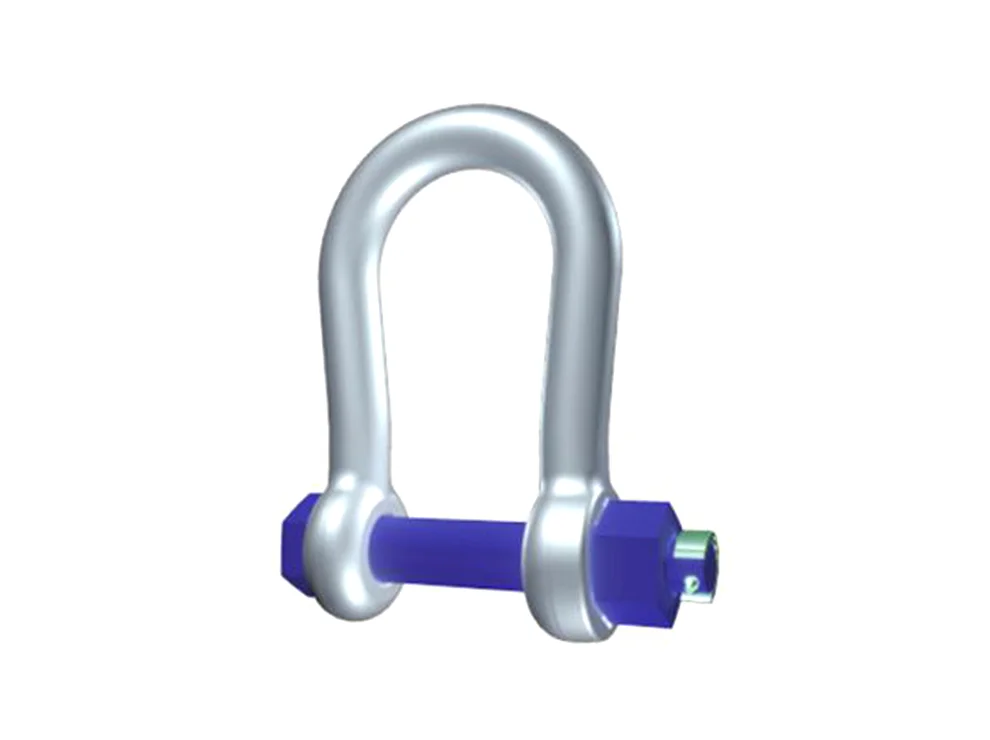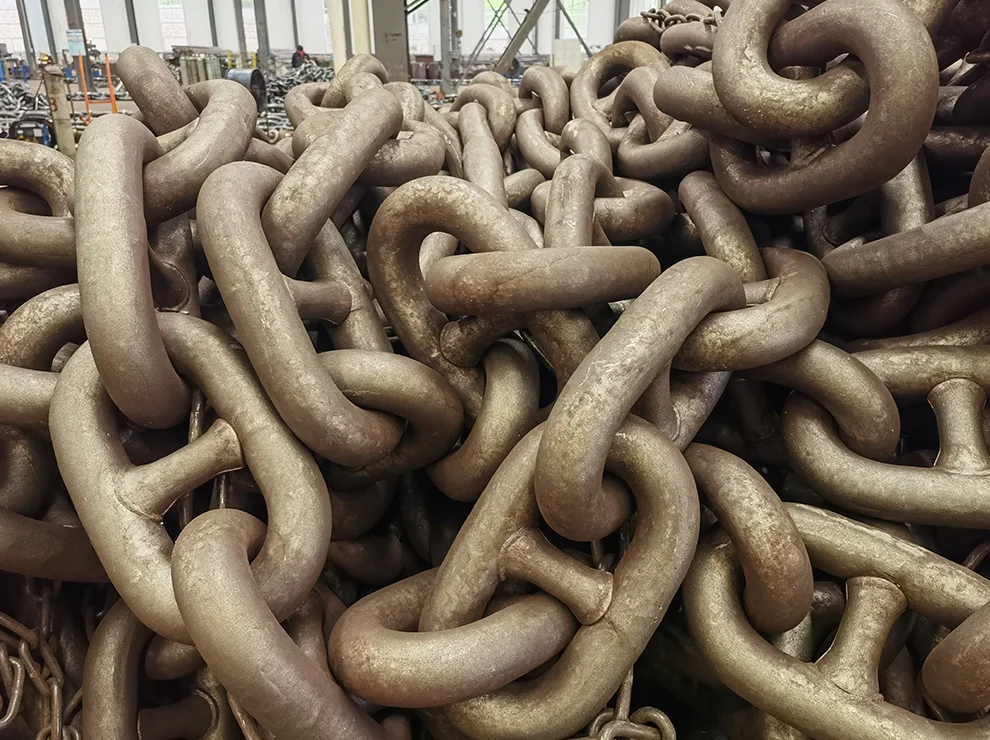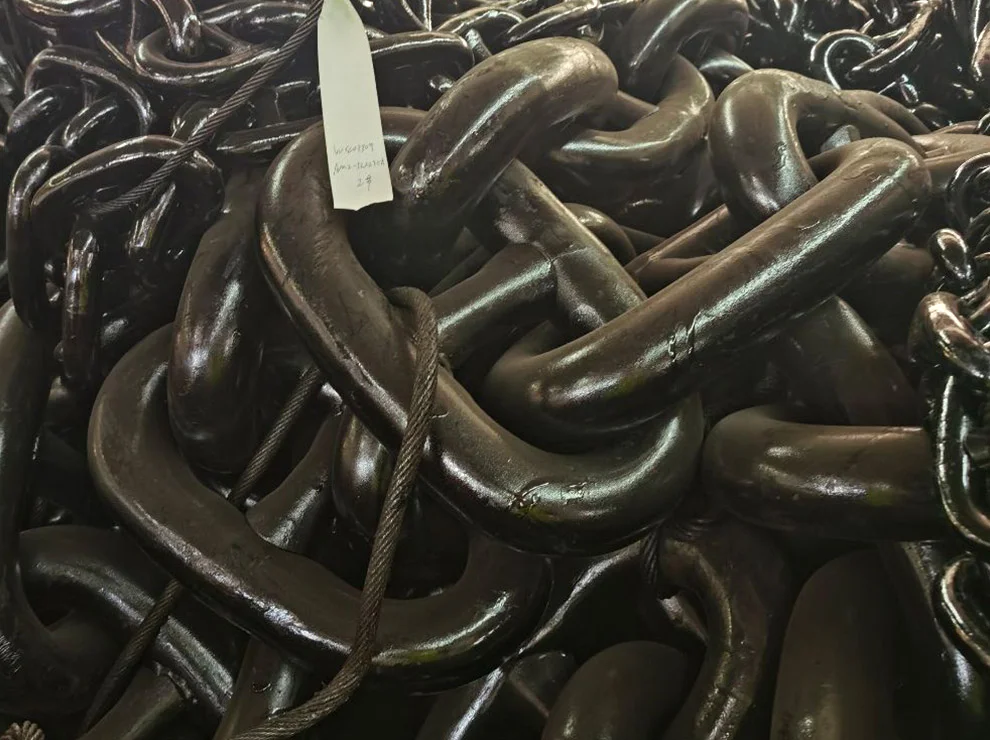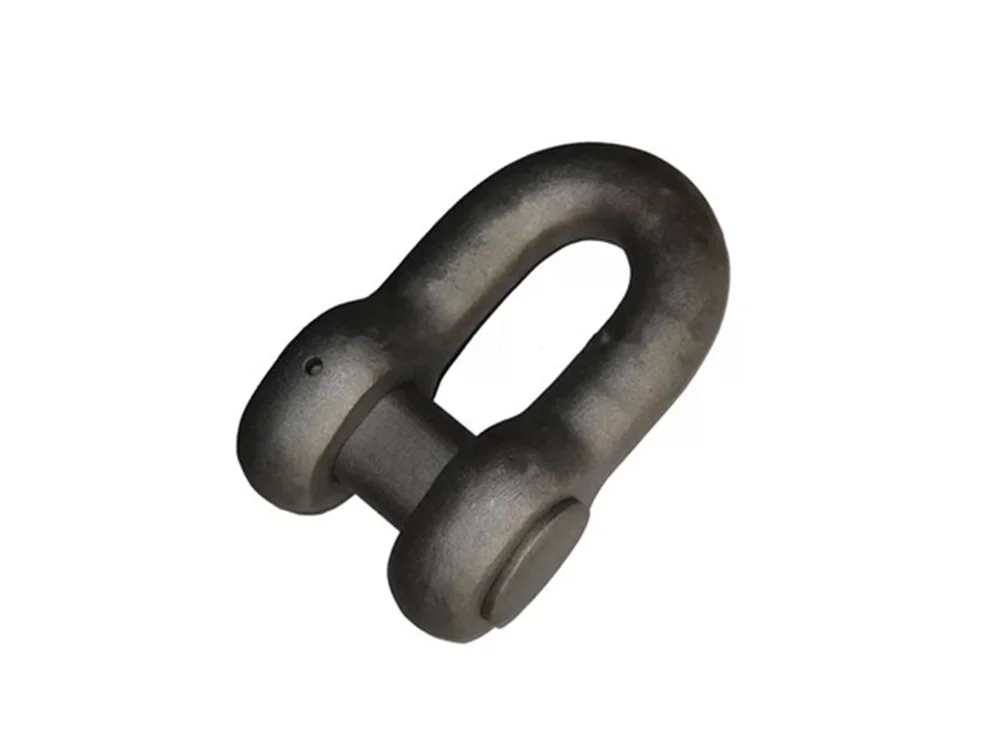Fishing chains have three specifications: short link chian, middle link chain and long link chain. Different types of fishing chains have different features.
Products
hot-sale products
-
 Fishing Chains
Fishing Chains -
 Studless Anchor Chain Fishing
Studless Anchor Chain FishingStudless Fishing Anchor Chain are 62.5% load verified at break, very durable and able to withstand extreme and harsh weather use, it is also corrosion-resistant, ideal for use in saltwater environments. There are Short Link, Mid Link and Long Link to choose from.
-
 Stud Link Anchor Chain for Fish Chain
Stud Link Anchor Chain for Fish ChainStud link anchor chains are a type of heavy-duty chain commonly used for anchoring and mooring vessels. They have a central stud in each link that helps to prevent kinking, deformation, and fouling. These chains are known for their strength and are often preferred for large vessels and applications where significant loads are involved.
-
 Dual Shank Anchor
Dual Shank AnchorThe dual shank anchor features two parallel shanks that work together to embed and hold in various seabed conditions. This design provides higher holding power than traditional anchors, especially in soft ground and mud, and is commonly used in aquaculture and swing moorings.
-
 ADA Aqua Drag Anchor
ADA Aqua Drag AnchorADA aqua drag anchor is improved version base on generation of aqua-moor DSA anchor, yet provides better performance.
-
 Sand Plough Anchor
Sand Plough AnchorA Sand Anchor has is a conventional anchor with solid construction to withstand high load.It has high holding power and weight ratio and very suitable for seabed of sand and mix Soil.
-
 Aquaculture Mooring Plate
Aquaculture Mooring PlateMooring connection plates are manufactured using alloy grade material and followed by full heat treatment process.The durability ensures that the plates can withstand exposure to saltwater, reducing maintenance needs and extending the lifespan of the aquaculture setup.
-
 Aquaculture Mooring Shackle
Aquaculture Mooring ShackleMooring shackles are manufactured with alloy steel by following ISO9001 Quality Control System. With our years know-how on forging, heat treatment and hot dip galvanized, it is ensured the mooring shackle avoid any Hydrogen Embrittle-ment and offer a longer fatigue life of safe performance compared to EN13889 requirement and safety.
-
 AM3 Stud Link Anchor Chain
AM3 Stud Link Anchor ChainAM3 is a designation for a grade of stud-link anchor chain, specifically referring to a high-strength steel chain used for ship anchoring and mooring. These chains are designed for durability and reliability in demanding marine applications, often used on large vessels or in harsh environmental conditions.
-
 AM2 Stud Link Anchor Chain
AM2 Stud Link Anchor ChainStud link anchor chain AM2 is a specific type of anchor chain widely used in marine applications. It's characterized by having a stud (a crossbar or bar) within each link, adding strength and preventing kinking or twisting. AM2 is a designation within the marine industry for a specific grade of this chain, indicating its strength and material properties.
-
 HDG Studless Anchor Chian
HDG Studless Anchor ChianAnchor Chain for marine farm mooring system, with diameter 16mm to 50mm, most used in European fish farming industry.
-
 Type D End Anchor Shackle
Type D End Anchor ShackleAn Anchor Shackle Type D End Shackle is a specific type of shackle used in marine applications, particularly for connecting anchor chains. It's a D-shaped fitting with a removable pin, designed to safely connect the anchor's standard shackle to the chain or to a rope with a thimble.
LTM H-Type Joining Shackle (LTM HJS)
| Product Features: | |
| Application: | Kind of High-Strength Connectors Used in Mooring Engineering Field |
| Material: | R3/R4 Alloy Steel |
| Surface finishing: | Sprayed or Hot Dipped Galvanized |
| Safety factor: | Breaking Load is 4 or 6 Times the Rated Load |
| Certifications: | DIN、EN、ISO、BV、CCS、ABS |
LTM H-Type Joining Shackle (LTM HJS)
LTM H-type joining shackle is a kind of high-strength connectors used in mooring engineering field, usually made of alloy steel or high-strength steel, with high tensile strength, wear-resistant, corrosion-resistant and other characteristics, suitable for heavy loads, harsh working conditions.
Drawings of LTM H-Type Joining Shackle:
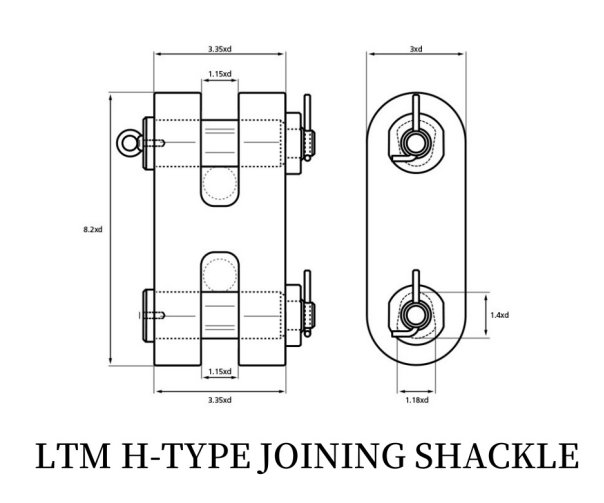
Specification of LTM H-Type Joining Shackle:
LTM H-type joining shackle is a kind of high-strength connectors used in mooring engineering field, usually made of alloy steel or high-strength steel, with high tensile strength, wear-resistant, corrosion-resistant and other characteristics, suitable for heavy loads, harsh working conditions.
1.Structural Characteristics
H-shape design:The main body of the shackle is in "H" shape structure, the ring eyes on both sides are symmetrically distributed, and the middle beam provides high-strength support, which makes the overall force uniform, and the tensile and shear resistance is excellent.
The inner wall of the ring eye is smooth, which reduces the wear and tear of the rope or chain and prolongs the service life.
High strength material:Usually made of alloy steel (e.g. 40Cr, 42CrMo) or high-strength stainless steel (e.g. 316L), the surface is heat-treated or zinc-plated, sprayed, etc., to enhance the abrasion and corrosion resistance.
Safety locking mechanism:Equipped with high-strength bolts or pins to ensure a firm connection and prevent accidental dislodgement.
2.Application Scenarios
Marine Engineering:Suitable for offshore platforms, ship mooring, deep-sea operations, etc., to withstand high salt spray, high humidity environment.
Energy field:In the oil, gas, electric power and other industries, it is used for lifting drilling equipment, pipelines, transformers and so on.
3.Technical Parameters
Material Alloy steel (40Cr), stainless steel (316L)
Surface treatment Heat treatment, zinc plating, spraying.
Rated load Depending on the model, the load range is from a few tonnes to hundreds of tonnes.
Safety factor Usually 4:1 or 6:1 (i.e. breaking load is 4 or 6 times the rated load).
Operating temperature -40°C to +200°C (some models can withstand higher temperatures)
Certification standards Comply with international standards such as DIN, EN, ISO, etc., and some models have been certified by classification societies such as CCS and ABS.
4.Precautions for Use
Selection and matching:Select the appropriate model according to the actual load, overloading is strictly prohibited.
Make sure the rated load of the shackle is greater than or equal to 1.5 times of the actual working load (considering the safety factor).
Regular inspection:Check the surface of the buckles for cracks, deformation, wear and other defects before use.
Conduct regular non-destructive testing (such as magnetic particle flaw detection, ultrasonic testing) to ensure that there is no internal damage.
Correct installation:Ensure that the rope or chain passes through the eye of the ring correctly and avoid twisting or knotting.
When locking bolts or pins, tighten them according to the specified torque to prevent loosening.
Environmental adaptability:In corrosive environments, give preference to buckles made of stainless steel or galvanised.
Avoid using in high temperature or low temperature extreme environment beyond the range of material resistance.
5. Advantage Summary
High strength and light weight: H-shape design optimises force and reduces weight.
Strong durability: high-quality materials and surface treatment, adapt to harsh working conditions.
High safety: strict compliance with international standards, equipped with safety locking device.
Wide range of applications: covering marine, energy and other fields.





